Rising Energy Costs
The escalating costs of energy in the US are driving the demand for the energy efficient-motor market. As businesses and consumers face higher utility bills, there is a growing incentive to invest in energy-efficient technologies. Energy-efficient motors can reduce energy consumption by up to 30%, leading to substantial savings over time. This trend is particularly evident in industrial sectors, where energy costs can account for a significant portion of operational expenses. The energy efficient-motor market is thus positioned to benefit from this economic pressure, as companies seek to optimize their energy use and reduce costs. Furthermore, the potential for long-term savings makes these motors an attractive investment, encouraging widespread adoption across various industries.
Growing Industrial Automation
The trend towards industrial automation is a significant driver for the energy efficient-motor market. As industries increasingly adopt automated systems to enhance productivity and efficiency, the demand for energy-efficient motors rises correspondingly. Automated systems often require high-performance motors that can operate efficiently under varying loads and conditions. The energy efficient motor market is likely to benefit from this shift. Businesses are seeking to optimize their operations and reduce energy consumption. Moreover, the integration of energy-efficient motors in automated systems can lead to improved overall system efficiency, making them a preferred choice for manufacturers. This growing trend in automation is expected to sustain the momentum of the energy efficient-motor market in the coming years.
Government Incentives and Rebates
Government incentives and rebates play a crucial role in promoting the energy efficient-motor market. Various federal and state programs offer financial assistance to businesses that invest in energy-efficient technologies. These incentives can significantly lower the initial costs associated with purchasing and installing energy-efficient motors. For example, the Department of Energy has implemented programs that provide rebates for upgrading to high-efficiency motors, making them more accessible to a wider range of businesses. This financial support encourages the adoption of energy-efficient solutions, thereby stimulating growth in the energy efficient-motor market. As awareness of these programs increases, more companies are likely to take advantage of the benefits, further driving market expansion.
Environmental Sustainability Initiatives
The increasing emphasis on environmental sustainability is a key driver for the energy efficient-motor market. As organizations strive to meet sustainability goals, the adoption of energy-efficient technologies becomes essential. The energy efficient-motor market is likely to see growth as companies aim to reduce their carbon footprint and comply with environmental regulations. In fact, motors account for nearly 70% of industrial electricity consumption, making their efficiency critical for achieving sustainability targets. The push for greener practices not only aligns with corporate social responsibility but also enhances brand reputation. Consequently, the energy efficient-motor market is expected to expand as businesses prioritize eco-friendly solutions in their operations.
Technological Innovations in Motor Design
Innovations in motor design and materials are propelling advancements in the energy efficient-motor market. Recent developments, such as the integration of smart technologies and improved materials, enhance the performance and efficiency of motors. For instance, the use of permanent magnet technology can increase efficiency levels significantly, often exceeding 95%. These innovations not only improve energy savings but also extend the lifespan of motors, reducing maintenance costs. As manufacturers continue to invest in research and development, the energy efficient-motor market is poised for growth, driven by the demand for high-performance, reliable, and energy-saving solutions across various applications.


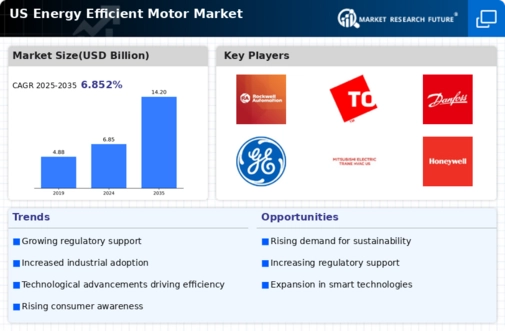
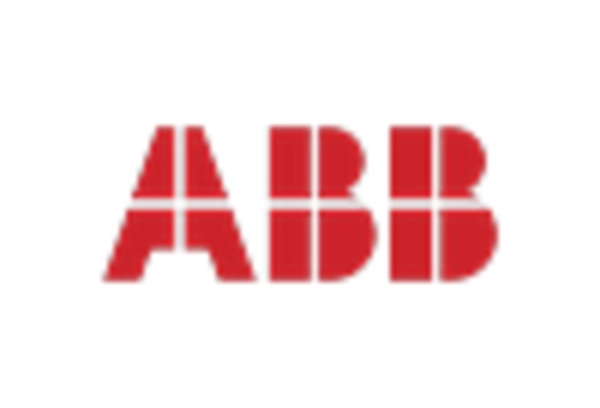
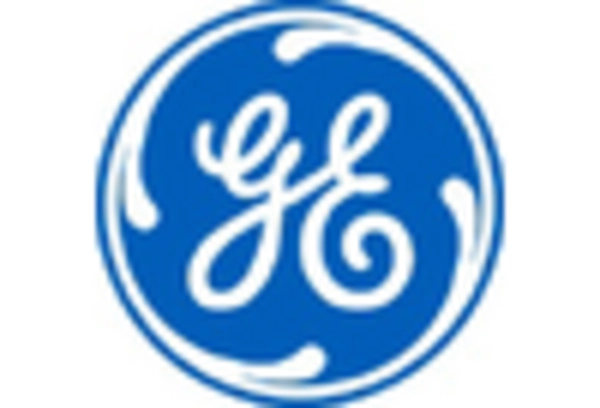
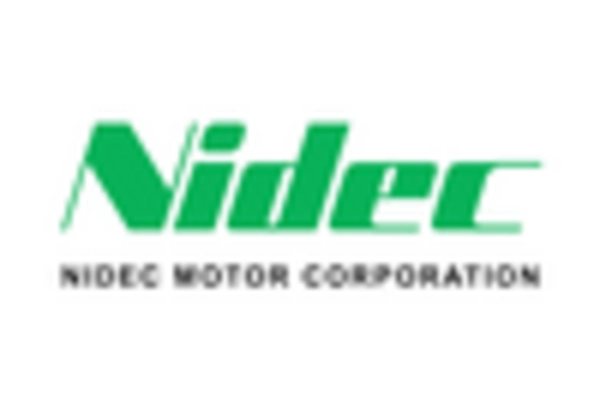

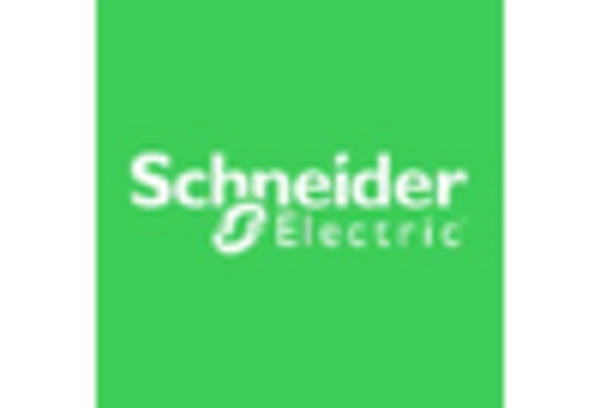









Leave a Comment